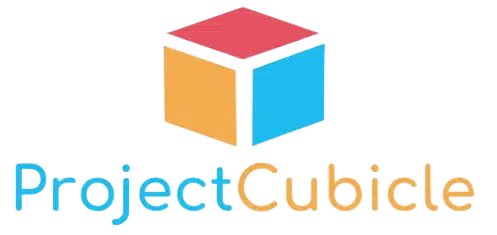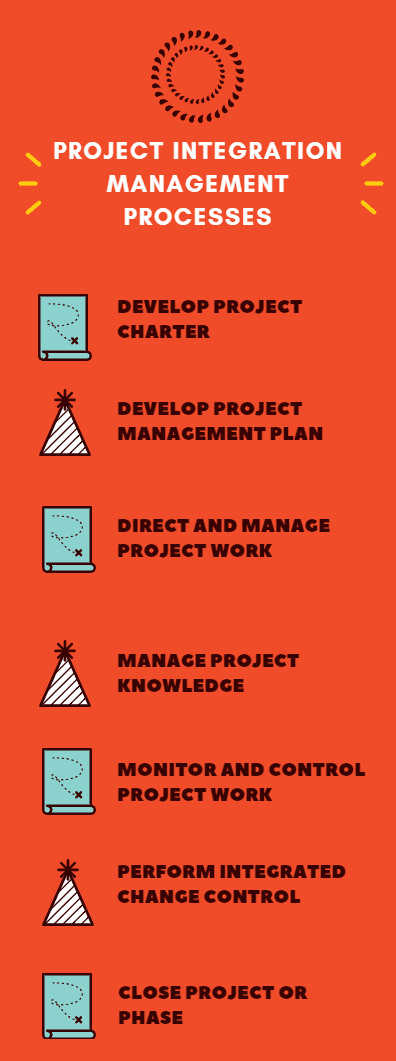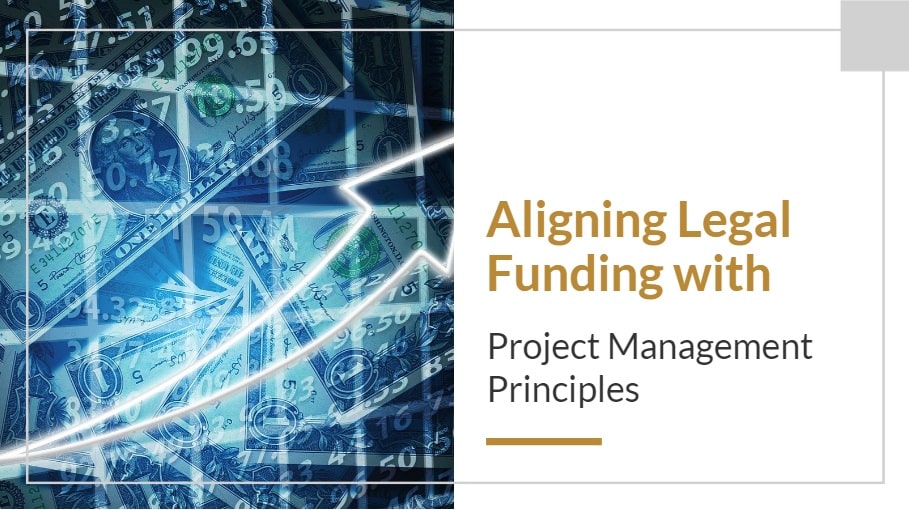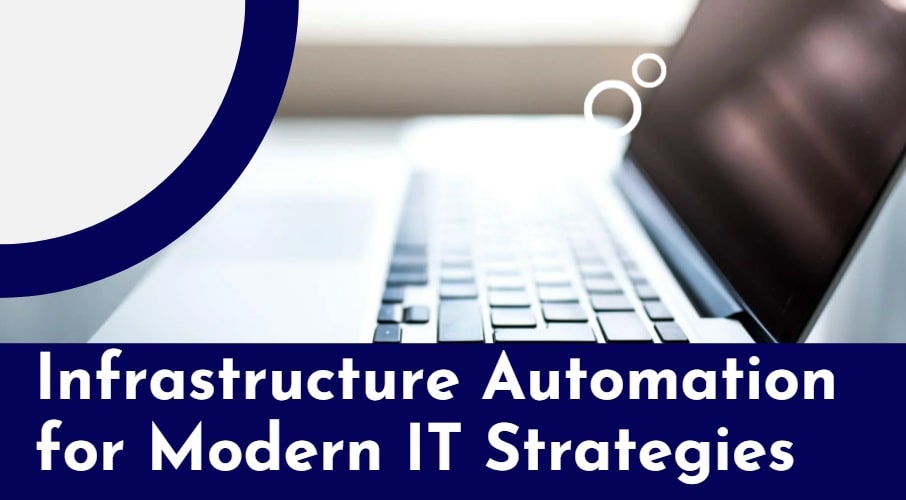Project management is an extensive concept which involves managing departments, resources, schedules, client expectations, stakeholders, and even unforeseen events. Mostly, employees and departments use their own methodologies to reach the desired results within a project. Sometimes communication becomes complicated because of the differences between the department’s methodologies. Project integration management involves processes that are used to coordinate all aspects of a project. It is vital for large projects with complicated scope. This article discusses the project integration management process groups, steps, and best practices.
Table of Contents
The Concept of Project Integration Management
Large and complex projects involve various parties and components that must be aligned for successful completion. Lack of communication and cooperation between the parties may slow down the project and cause failure. Project integration management process groups create a framework for collaboration to align all the departments within a project.
A project team is responsible to create the project schedule, purchase goods or services, identify risks, control the budget, and other necessary processes to complete the project successfully. Performing these responsibilities may be challenging. Integration management helps project teams to work in harmony.
Simply put, project integration management is a practice of making processes work together. In other words, it ensures that all the processes within a project work in a coordinated manner.
As a project management knowledge area, project integration management is effective in all the phases (Initiating, Planning, Executing, Monitoring and Controlling, Closing).
Examples of Project Integration Management
Assume that the client requires reports from two different departments of your project. They must show the project data that are consistent with each other. This is where you need a project integration management system in place. Without the help of project integration management, how will you ensure that different departments create consistent and interrelated reports?
Integration management processes help you to demonstrate your business manner as a strong organization rather than a number of rampant individuals.
What are the Process Groups of Project Integration Management?
Project integration management has seven integrated processes (steps) that ensure a project work like a charm.
Project Charter
Developing a project charter is the first process of project integration management. A project charter is a project definition document that describes essential project information such as the project name, location, project objectives, project vision, project stakeholders, etc.
A project can not begin without a project charter. It is an official document that authorizes the project formally. Business case, agreements, and organizational process assets are the inputs of the project charter.
Project Management Plan
The project management plan is an extensive document that involves all the information required to manage the project. It is a key project document created by the outputs of the other processes. Some of the complementary documents of the project management plan are scope statement, project budget, project schedule, risk assessment, quality management plan, etc.
Project management plan creates a guideline for the project management system. It is an essential document created by project managers. Key project deliverables, project charter, and the project scope are the inputs of the project management plan.
Direct and Manage Project Work
Direct and manage project work process comes after the project management plan is created. Direct and manage the project work process is managing the execution of project work. Managing the project work involves managing deliverables, directing the project team, managing procurement activities, etc. Change log, risk register, project schedule, change requests, project budget are some of the inputs of this process.
Manage Project Knowledge
Manage project knowledge is one of the most important processes in project integration management. It involves using the knowledge of the team and creating additional knowledge to complete the project successfully. Transferring the gained knowledge to the organization is very important for future projects. Deliverables, lessons learned register, stakeholder register are some of the inputs of manage project knowledge process.
Monitor and Control Project Work
Monitoring and controlling project work is a critical process in project integration management. It involves work performance reporting and comparing the actual and planned values to ensure that the project is on track. Project management reporting plays a critical role in this process. Effective project control practices are vital for a project’s success. Earned value management techniques can be used as well as other project control techniques while performing the monitoring and controlling process. Cost forecasts, schedule forecasts, work performance information, assumption log, and other related project documents are the inputs of monitor and control project work process.
Perform Integrated Change Control
Change requests put strains on the project team. Change requests often necessitate design revisions, additional resources, and time to complete the project. Project changes should be well processed and managed in order to avoid scope creep. In order to manage the change control process successfully, change requests must be analyzed and cost and schedule impacts of them must be calculated. Then the changes must be communicated with the stakeholders. Change management plan, schedule baseline, baseline budget, change management plan are some of the inputs of perform integrated change control process.
Close Project
Close project is the last process of project integration management. Close project is the process of finalizing all activities required to complete the project. The close project is performed when all the deliverables are accepted and the scope is completed. It is the last phase of a project’s life cycle. It is important to create a lessons learned document for future projects. All the project documents, accepted deliverables, business documents, agreements, and organizational project assets are the inputs of the close project process.
Summary
Project integration management seeks to improve communication and collaboration within a project. Therefore performing integration management efficiently is a project manager’s main role. Most of the time, team members have different cultures, and departments have different methodologies within an organization. The role of the project management office is to align departments.
In this article, we discussed the project integration management process groups, steps, and best practices. Note that PIM is an important concept for the PMP Certification Exam.
External References
Integrated project management in the organization.
See Also
Project Portfolio Management Software

Laura McLaron is a highly skilled strategist whose 25 years of experience in optimizing businesses and inspiring individuals has transformed ActionX Consulting to one of the premier talent management and learning and training firms in the global marketplace.















